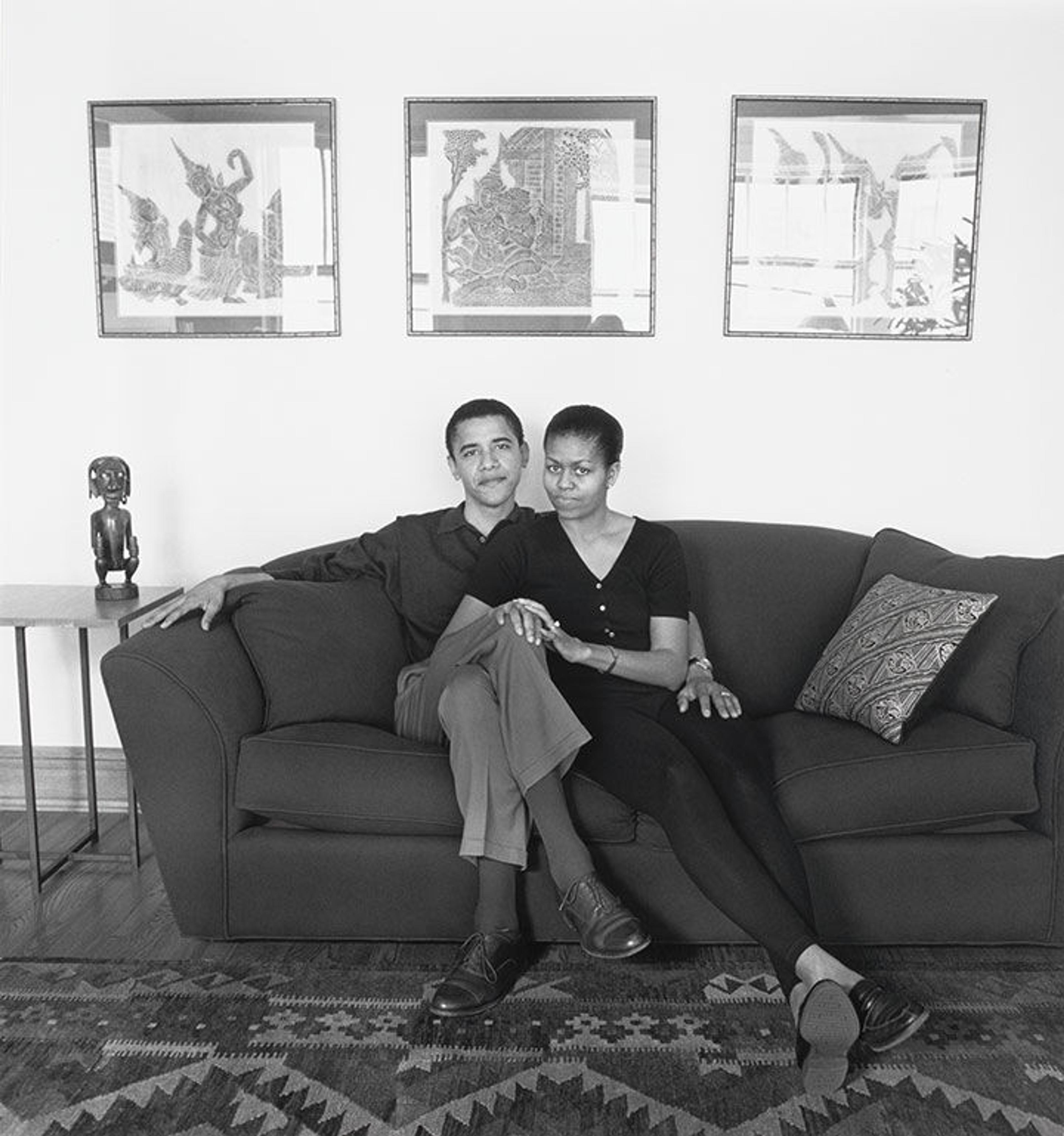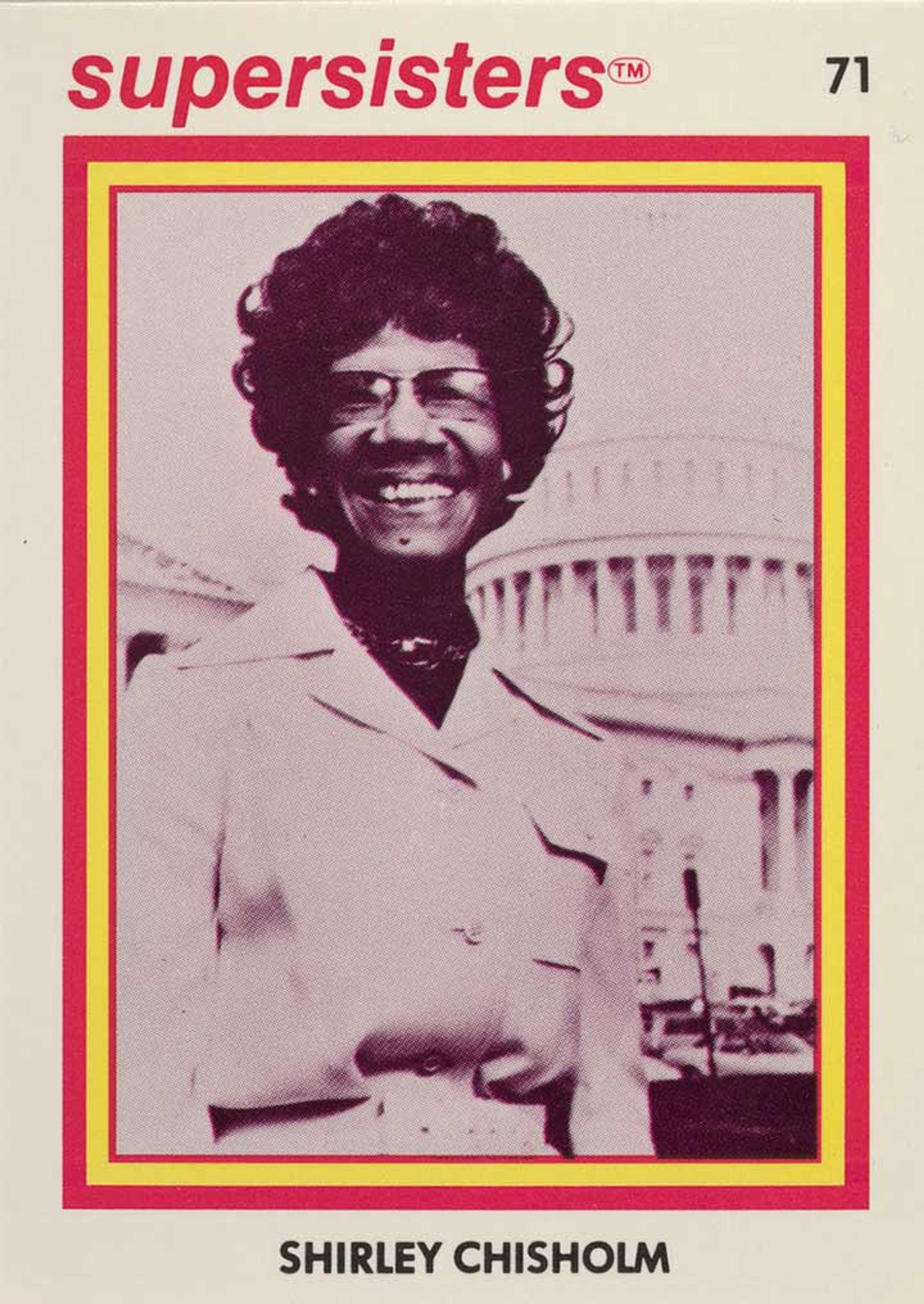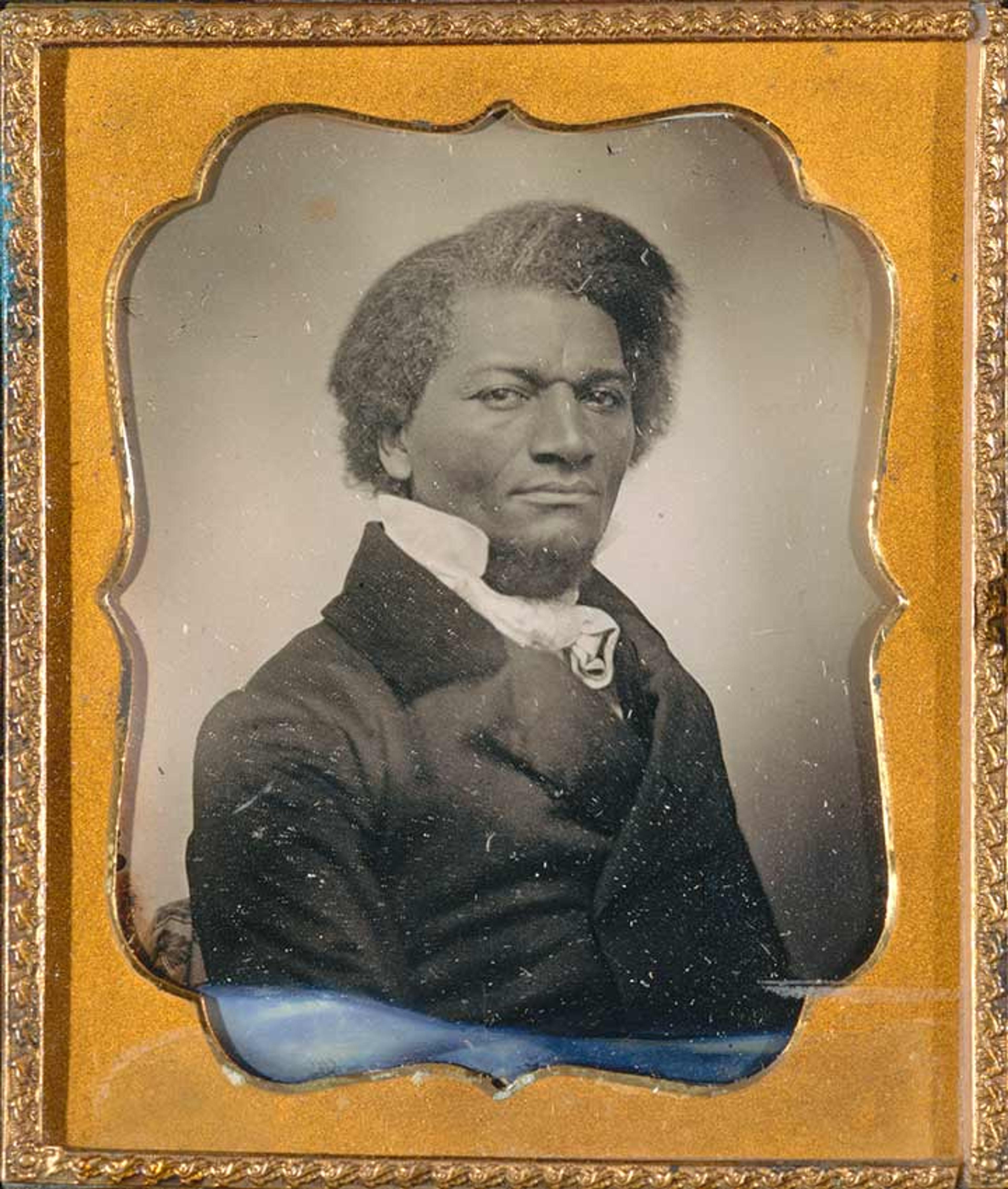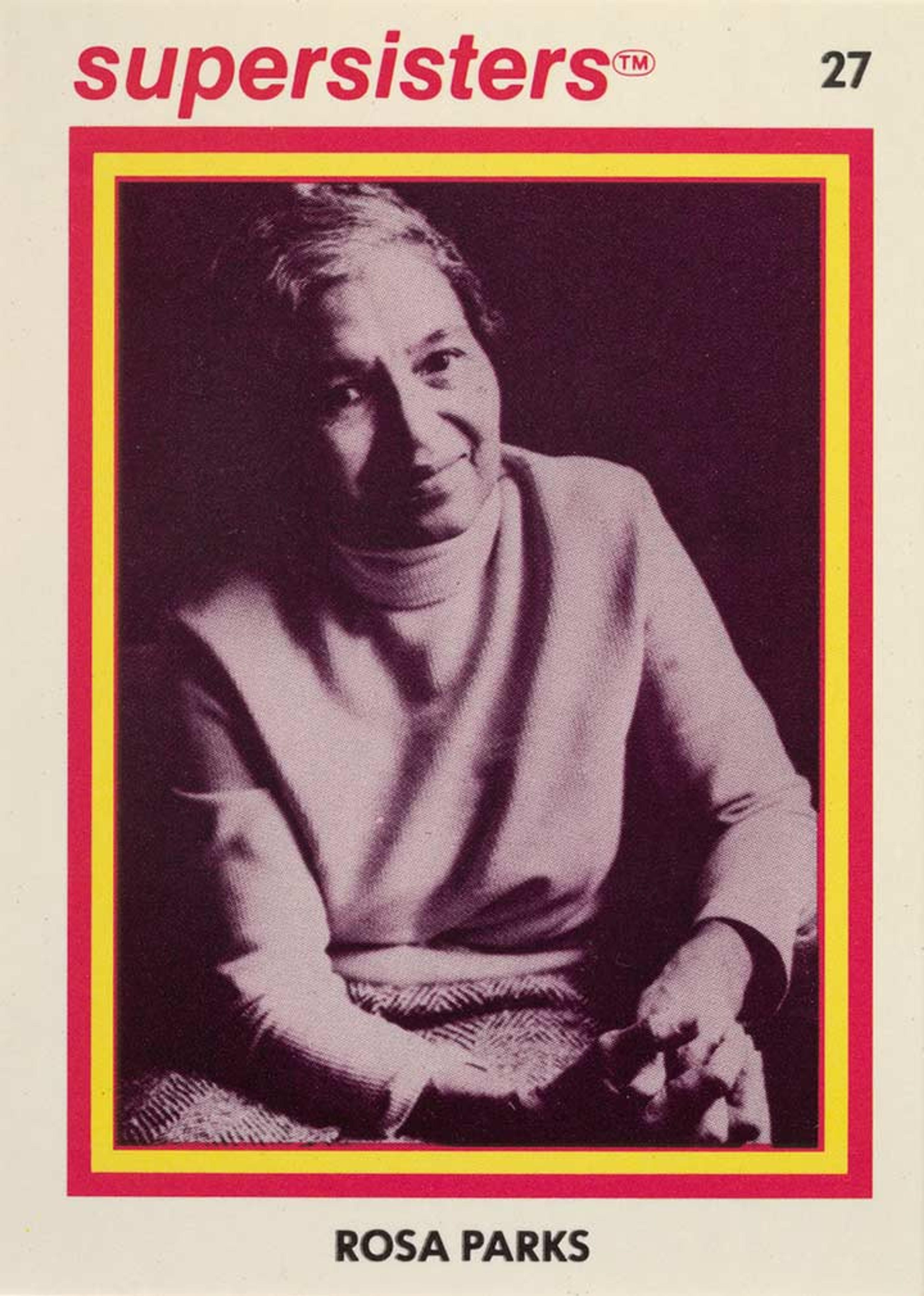
Mariana Cook (American, b. 1955). Barack and Michelle Obama, Chicago, Illinois, 1996, printed 2009. Gelatin silver print, image: 40.6 x 38.1 cm (16 x 15 in.). The Metropolitan Museum of Art, New York, Purchase, Vital Projects Fund Inc. Gift, through Joyce and Robert Menschel, 2009 (2009.276). © Mariana Cook 1996
«In honor of Black History Month, we're highlighting a few artworks in The Met collection that celebrate the history and achievements of African Americans. This portrait of the former President and First Lady Barack and Michelle Obama was made at the couple's Chicago home in May 1996. The Obamas have supported equal opportunities in education throughout their careers. In 2015 they launched Let Girls Learn, which helps girls around the world reach their full potential by giving them access to a quality education. Talk about serious girl power!»
In this post, discover more about the important role education plays in the history of African Americans—this year's theme of the Association for the Study of African American Life and History, the organization that promotes Black History Month.

Shirley Chisholm, Supersisters No. 71, 1979. Supersister Inc. Photolithograph, sheet: 3 9/16 x 2 1/2 in. (9 x 6.3 cm). The Metropolitan Museum of Art, New York, Jefferson R. Burdick Bequest, 1981 (1981.1214.71)
Shirley Chisholm was a teacher and ran to be the Democratic nominee for President of the United States in 1972. She was the first African American woman to be elected to Congress in 1969. During her 14 years in Congress, Chisholm defended education opportunities for people of color. In 1964, before she was a congresswoman, Shirley was elected to the New York State Assembly and helped students of color go to college with the Search for Education, Elevation, and Knowledge (SEEK) program.

Unknown artist (American). Frederick Douglass, ca. 1855. Daguerreotype, image: 8.3 x 7 cm (3 1/4 x 2 3/4 in.). The Metropolitan Museum of Art, New York, The Rubel Collection, Gift of William Rubel, 2001 (2001.756)
Frederick Douglass was one of the most important African American leaders in the 1800s. He secretly learned to read and write while he was a slave, because he believed it was the "pathway from slavery to freedom." It was illegal for slaves to learn to read and write, because slave-owners feared that slaves would use reading and writing as tools to rebel or escape. Douglass did escape from slavery and became an outspoken abolitionist (a person who believes in ending slavery) and an advisor to Abraham Lincoln. Frederick Douglass thought that photographs were powerful tools to fight against stereotypes of African Americans. It is believed that there are more photographs of Frederick Douglass than of Abraham Lincoln!

Rosa Parks, Supersisters No. 27, 1979. Supersister Inc. Photolithograph, sheet: 3 9/16 x 2 1/2 in. (9 x 6.3 cm). The Metropolitan Museum of Art, New York, Jefferson R. Burdick Bequest, 1981 (1981.1214.27)
Rosa Parks was a great figure of the African American Civil Rights Movement, the fight for equality that began after the Civil War and continued through the 20th century, leading to the Civil Rights Act of 1964. In 1955 she famously sparked the Montgomery Bus Boycott by refusing to give her seat to a white passenger. Her courageous act and commitment to civil rights helped launch efforts across the United States to end segregation and Jim Crow laws that separated black people from white people in spaces like buses, restaurants, and schools. Later in life, Rosa Parks focused on helping students go to college by starting the Rosa L. Parks Scholarship for high school seniors in Michigan who were inspired by Mrs. Parks to give back to their community.
The Supersisters trading cards, featuring Rosa Parks, Shirley Chisholm, and 70 other women, were first published in 1979 as part of an educational series of cards featuring women of achievement. When an eight-year-old baseball-card collector realized there were no trading cards with women on them, her family reached out to the New York State Education Department asking for funds to create cards about inspiring women. The first sets of these cards were distributed in schools in New York State and more than 10,000 sets were sold through the mail.
If you could make trading cards with anyone on them, who would you choose to highlight and why? Print out pictures of people you admire, cut them out, and write some interesting facts on the back of each card. Email us a picture of your favorite card at metkids@metmuseum.org.